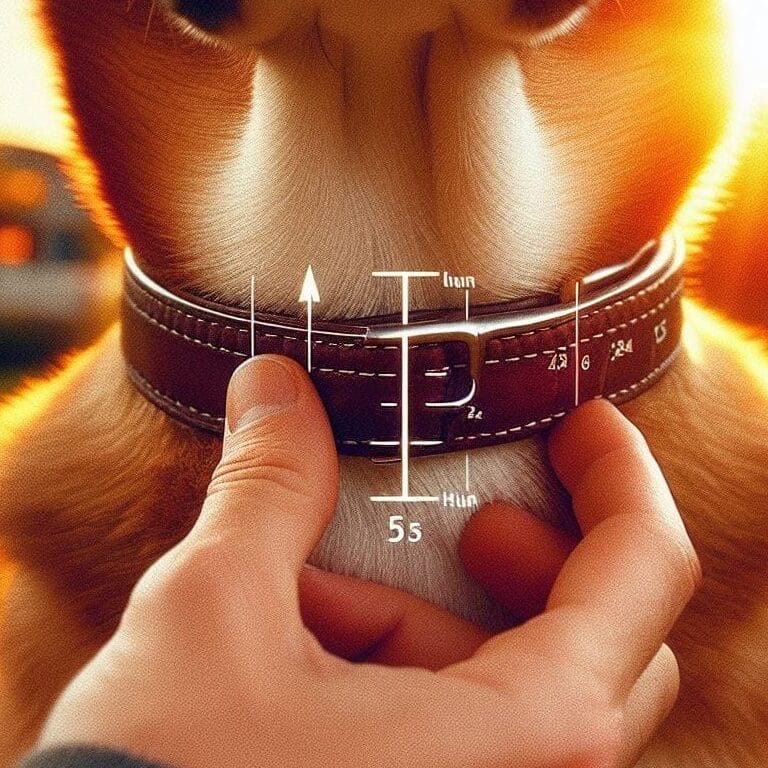Understanding the Purpose of an E-Collar
An e-collar, also known as an Elizabethan collar or cone of shame, is an essential tool in veterinary medicine. Its primary purpose is to prevent dogs from licking, scratching, or biting wounds, surgical sites, or skin conditions. By doing so, it ensures proper healing and reduces the risk of infection or further injury.
When Should an E-Collar Be Used?
E-collars are typically used post-surgery, after an injury, or in the presence of skin conditions. Here are some common scenarios:
- Post-Surgical Care: After operations such as spaying or neutering, wound protection is critical.
- Injury Recovery: To prevent dogs from aggravating injuries by licking or biting.
- Skin Conditions: When a dog has dermatitis, hot spots, or other skin issues that they might irritate by scratching.
Duration of E-Collar Use
Immediate Post-Surgery Phase
In the initial phase after surgery, the e-collar should be worn continuously. This period typically lasts for about 10 to 14 days. During this time, the surgical site is most vulnerable to infection and irritation.
Wound Healing Phase
For wounds or injuries, the duration may vary. Here’s a general guideline:
- Minor Wounds: Approximately 7 to 10 days.
- Major Wounds: Can extend to 14 days or more, depending on the vet’s assessment.
Skin Conditions
When treating skin conditions, the duration of e-collar use will depend on the severity and nature of the condition. Regular check-ups with the vet are essential to determine the appropriate time to discontinue use.
Monitoring and Adjusting the E-Collar
Regular Checks
Regularly inspect the area around the collar for signs of irritation or discomfort. Ensure that the collar is not too tight or too loose.
Breaks Under Supervision
While it’s crucial to keep the e-collar on most of the time, short breaks under strict supervision can be beneficial for the dog’s comfort and mental well-being. Ensure that during these breaks, the dog does not have access to the affected area.
Eating and Drinking
Most dogs can eat and drink with the e-collar on. However, if your dog struggles, you can remove the collar temporarily during meal times, ensuring you supervise closely.
Choosing the Right E-Collar
Size and Fit
The e-collar should be the correct size for your dog. It should extend beyond the dog’s nose to effectively prevent licking or biting. Ensure that it is snug but not too tight, allowing for two fingers to fit comfortably between the collar and the dog’s neck.
Material and Comfort
Modern e-collars come in various materials, including plastic, inflatable, and soft fabric. Each has its advantages:
- Plastic E-Collars: Sturdy and effective for most dogs.
- Inflatable E-Collars: More comfortable, but may not work for all dogs.
- Soft Fabric E-Collars: Offer the most comfort but can be less effective.
Alternatives to Traditional E-Collars
If your dog finds the traditional e-collar uncomfortable, consider these alternatives:
Inflatable Collars
These are more comfortable and allow for better mobility. However, they may not be as effective for all dogs, especially those with long snouts or determined lickers.
Soft Collars
Made from fabric or foam, soft collars are more comfortable but can sometimes be less effective in preventing access to wounds.
Surgical Suits
These suits cover the dog’s body, protecting the surgical site without obstructing their vision or movement. They are particularly useful for abdominal or thoracic surgeries.
Tips for Helping Your Dog Adjust to an E-Collar
Positive Reinforcement
Use treats and praise to help your dog associate the e-collar with positive experiences. This can reduce anxiety and resistance.
Gradual Introduction
If possible, introduce the e-collar a few days before it is needed. Allow your dog to wear it for short periods, gradually increasing the duration.
Keep Them Occupied
Provide toys and mental stimulation to distract your dog from the discomfort of wearing the e-collar.
Common Concerns and Solutions
Difficulty in Moving
Some dogs may struggle to move around with an e-collar. Ensure that the collar is not too large and that your home environment is safe and obstacle-free.
Stress and Anxiety
Dogs may experience stress and anxiety while wearing an e-collar. Calming aids, such as pheromone diffusers or anxiety wraps, can be beneficial. Additionally, spending extra time comforting and reassuring your dog can help.
Skin Irritation
Check the skin around the collar regularly for signs of irritation. If irritation occurs, consult your vet for advice. They may recommend a different type of collar or additional padding.
When to Consult Your Veterinarian
Always follow your veterinarian’s instructions regarding the use of an e-collar. If you notice any of the following, consult your vet immediately:
- Increased Swelling or Redness: Indicates possible infection.
- Persistent Discomfort or Pain: Your dog is consistently distressed or in pain.
- Ineffectiveness of the E-Collar: Your dog can still reach the affected area.
Conclusion
In conclusion, the e-collar is a vital tool in ensuring your dog’s recovery from surgery, injuries, or skin conditions. By understanding its purpose, proper usage, and how to help your dog adjust, you can ensure a smooth healing process.



